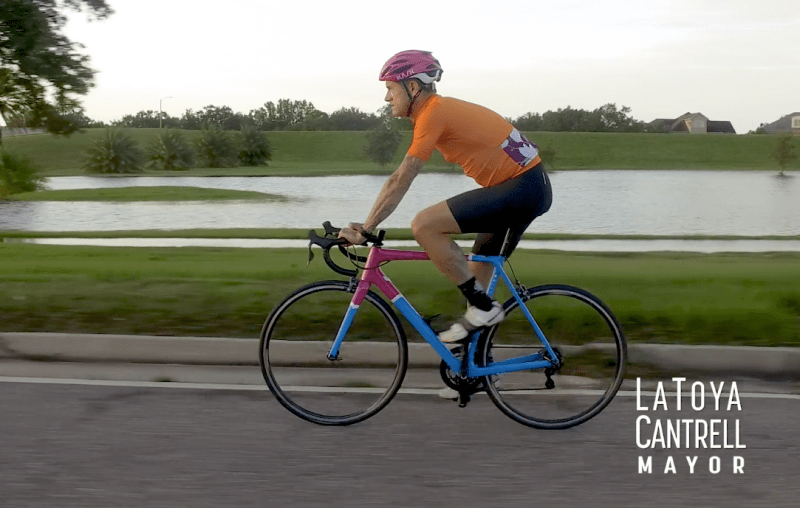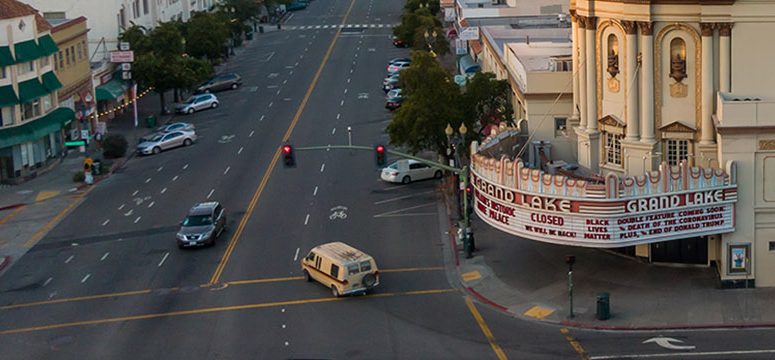New Orleans hopes to become one of America’s friendliest cities for biking by creating a continuous network of protected lanes and more than doubling the size of its bike-share program.
Over the next four years, Mayor LaToya Cantrell will add an unspecified number of bike lanes, pass legislation requiring bike parking in private buildings, and add barriers along 125 miles of existing bike lanes, very few of which are currently protected.
The goal is to create a "low stress bike network," City Hall said.
The city will boost the number of public bikes for residents to 1,500 from 700, expanding the reach of the city's so called Blue Bikes. The company had planned to expand to 900 bikes at 90 locations in the city by next year.
The measures are part of Cantrell’s five-year transportation plan, Moving New Orleans: The Road to Equitable Transportation, which seeks to move transit riders more easily to the city’s bustling downtown and touristy French Quarter. The plan envisions upgrading the city’s bus and streetcar fleet, increasing public access to bikes, co-locating Blue Bikes along transit routes to serve as a first- and last-mile solutions, and making riding safer for cyclists.
Transportation officials will finalize its plans for the protected bike path network later this year and expect construction to be finished by the end of 2020, the Advocate reported (paywalled).
The proposal includes provisions to add bus lanes and bus islands for transit riders on high-ridership corridors and to replace aging buses and streetcars. Cantrell also hopes to work with the New Orleans Regional Transit Authority to create a direct rail line or express-bus service to the airport and add user-friendly, digital transit information at bus and streetcar stops.
Importantly, city officials will analyze crash data, redesign streets and intersections — especially around schools — and improve traffic signals in congested areas in order to prevent vehicle violence.
"The goal is transportation sustainability — and the action plan that we are releasing is the roadmap to get there," Cantrell, who took office last year, said in a statement. "We are focused on improving roadway conditions for all users, and we are committed to reducing injuries and fatalities on the roadway through better design."
Cantrell’s plan had its roots in the transit advocacy efforts of Bike New Orleans and a 2011 "Complete Streets" ordinance that called for planners and engineers to prioritize pedestrian and bike safety and handicapped accessibility in redesigning streets and roadways.
Cantrell’s predecessor Mitch Landrieu failed to implement the “Complete Streets” goal, advocates say, but Cantrell created an Office of Transportation just one month after taking office in mid-2018.
The cost of Cantrell’s transportation plan was not mentioned in the report, although the plan outlines that funding for expanded transit networks would come from a new transit tax, grants, or taxes on hotels and tourism as well as carving out dollars from the city’s existing operations and capital budgets.
“Current transit funding is barely adequate to maintain the existing system, allowing little opportunity to expand transit to all areas in need,” the report said. “A new source for dedicated revenue would be more beneficial for service expansions and must be explored.”






